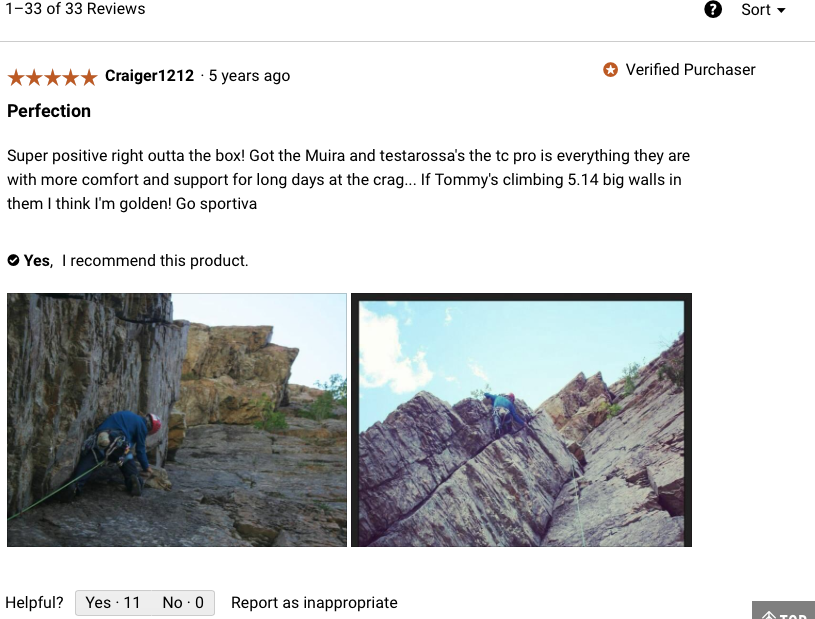Most demographers define millennials as having birth years from the early 1980s to roughly 2000. Millennials may not have much disposable income, but they tend to spend more freely than the generations before them. So it makes sense to update your online store to cater to this group, which has, reportedly, $1.3 trillion of annual buying power.
According to a study by Charles Schwab, millennials trump Generation X (early 1960s to early 1980s) and Baby Boomers (early 1940s to early 1960s) when it comes to buying the latest gadgets, clothes, and experiences.
How does a store that doesn’t necessarily target millennials tap into their ever-increasing purchasing power? Here are nine ways to facelift a store to convert millennial shoppers.
9 Ways to Appeal to Millennials
Everything mobile. More than 85 percent of millennials use smartphones. Every aspect of your website must load fast and work well on mobile.
User-generated content. From customer reviews to user-submitted photos and video, millennial shoppers listen to their peers more than anyone else. They also take pride in having their content published across key channels and embedded on various websites. If you feature them, they’ll likely spread the word about your company.
Encourage participation. Incorporate the power of social networking and discussion into store pages and you’ve got a recipe for longer page visits, higher brand recognition, greater loyalty, and more excitement. Include social sharing buttons, user Q&As, feature-rich customer reviews, and forum-style discussions.

Use a customer review tool that supports the uploading of photos and video, as well as voting and commenting. Source: REI.
Convey value. Millennials like getting a deal. However, they’re also looking for the perceived value of a product — its ability to streamline tasks, save time, and eliminate pain points.
Be transparent. Millennials demand transparency on all levels. They expect companies to be clear about how they operate, both internally and externally. They also want companies to admit mistakes and explain how they will prevent future ones.
Use stellar photos. By some accounts, the number one brand preferred by millennials is Apple. But purchases in physical Apple stores aren’t feasible for most shoppers. So it’s crucial for Apple to provide a compelling online product experience. That means powerful imagery. While Apple’s website does contain detailed video, its most powerful media is photos.

Apple’s product imagery is very high quality. Many of the site’s moving elements are actually still photos that glide across the screen.
Support a cause. Millennials believe that companies should give back in some way. Whether it’s advocacy for saving animals or donating a percentage of sales to a worthy effort, a store that supports meaningful causes will often outperform one that doesn’t, even if it doesn’t have the best prices.
Use age-appropriate models or age-neutral photos. It’s difficult to target products to a younger demographic if the models used are much older. If the product is designed for millennials, the models used should fall in that age group. For products being targeted to multiple age groups, use creative photos and cropping to minimize age-specific mindsets.

Save for products targeted directly to millennials, Coach puts more focus on the product itself and leaves the age of the model up for interpretation.
Use meaningful video. While the sweet spot for video length is about one minute, it’s more important that product videos be meaningful. Each video should address millennials’ needs and tell a real story. Humor is often a plus, especially when targeting niche audiences.
Since millennials will focus on images and video, it’s important to tell the right story. Should it be funny, serious, or a bit of both? Should it focus more on a product’s specifications or its usage? Should it include instructions? This varies for the product type, the interests of the audience, price points, and more. The best videos, though, use the voice of the company to communicate with the younger audience.
For example, Nine Line Apparel’s 30-second video quickly addresses a pain point: a hoodie that holds your beer. The multiple problems experienced by the actor create humor and explain an issue many viewers may not have realized was that big of a deal.
—
In the video below, Native Union, a seller of tech accessories, promotes its Night Cable by acting out what most of us typically go through when charging our phones in the bedroom.
By the way, there is no rule that you can only include one video. If a longer video is necessary to explain in detail how a product works, you can always develop a short one as a teaser. Shoppers that are more interested in the product would likely opt to watch more.
Requirements Change
This is by no means a complete list of everything millennials demand from online stores. But it’s a good starting point. We can expect many new requirements as technology changes. Thankfully, catering to millennials doesn’t mean you have to give up on older generations.